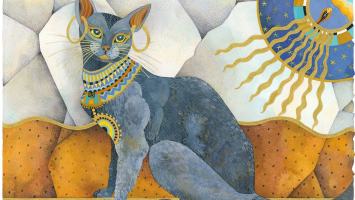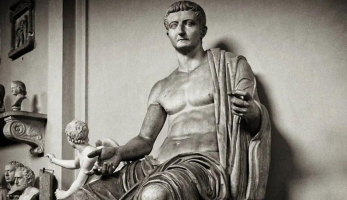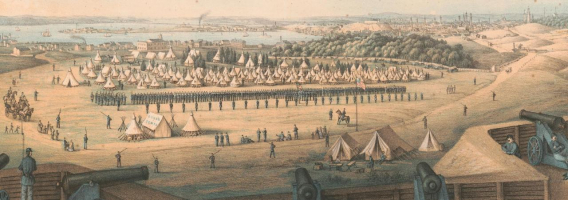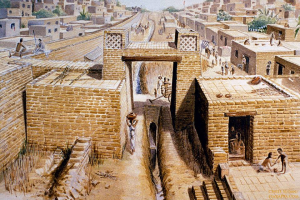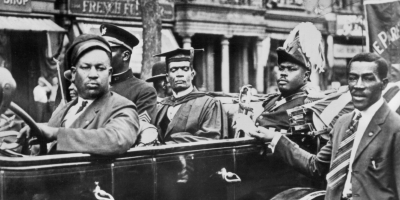Top 10 Interesting Facts about Gladiators in the Roman Empire
Gladiators were Roman warriors who fought solely for the entertainment of the masses. Some will fight with the weapon while others simply wrestle with it. ... read more...Matches are held in arenas known as arenas, which are violent and popular with both the rich and the poor, with gladiators often becoming celebrities after winning. Therefore, facts about gladiators in the Roman Empire received a lot of attention and interest.
-
Not all gladiators were slaves is one of the interesting facts about gladiators in the Roman Empire. While most of the early combatants were enslaved people and people who had committed crimes, inscriptions show that by the 1st century AD, demographics had begun to change. Lured by the thrill of battle and the crowd cheers, the free men began voluntarily signing contracts with gladiator schools in the hope of winning glory and prize money. These freedom fighters are often desperate men or skilled combat veterans, but some are patriots, knights, and even senators who want to prove their warrior pedigree.
Traditionally, gladiators were chosen slaves or conquered. Usually selected for their physical strength, they are hand-picked and trained as gladiators. Most gladiators were slaves, former slaves, or people born fighting under contract with a manager. They are often ranked below prostitutes, actors, and pimps, and are often seen as moral and social outcasts. But that's not all. However, not all gladiators were slaves, when gladiator games became widespread, many gladiators were free working-class men willing to sign up to participate. Lured by the popularity, crowds, money, and potential prizes to be won, some gladiator schools have accepted volunteers.
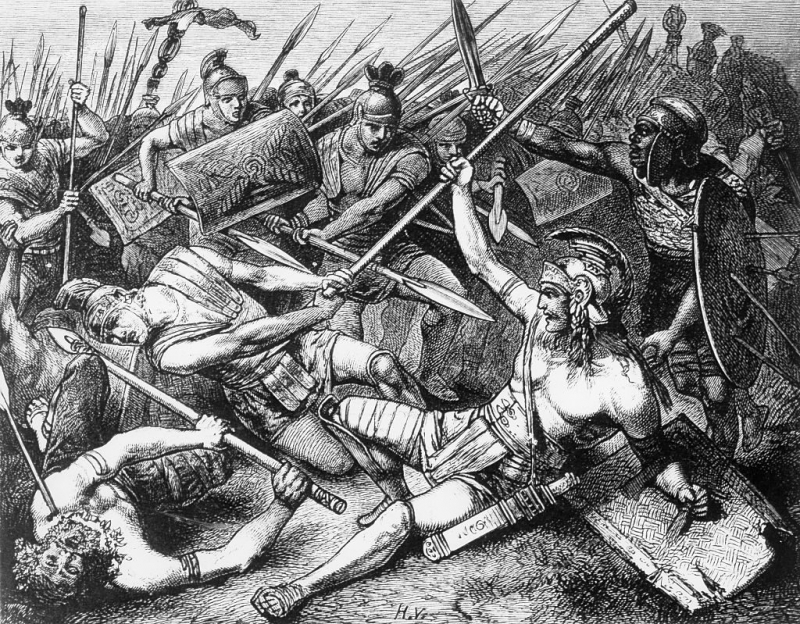
Source: historyextra.com 
Source: realmofhistory.com -
Exotic animals were extremely popular with the Romans because they were not only beautiful but also very rare. Gladiators and animals are understood as the organizers will arrange fights between these animals, creating a grand spectacle for the audience. Since the animals were expensive, they would usually belong to the mperor, and battles between them would only take place on special occasions. There are special gladiators called "bestiarii", who specialize in training and fighting animals. Exotic animals would be hunted and killed in various ways by gladiators known as "venatores", or they were used to kill Christians in front of crowds of spectators. For each event, the organizers will charge a huge amount for each person and there will be grand arrangements. This creates interesting facts about gladiators in the Roman Empire.
Gladiators and animals are noble events, in which only nobles can participate in. Only the elite and wealthy Romans, as well as the mperor, could afford such events, and sometimes they were allowed to participate on their own, conducting arena hunts with help of the meat eaters. In such a historic sight, more than 9,000 exotic animals including hyenas, elephants, tigers, and lions were killed over the 100-day period to inaugurate the Colosseum. An event dating back to AD 240 also includes the hunting and killing of a white rhinoceros and hippo. The animals used for these battles were very expensive, and the trade in exotic animals increased with the popularity of these events. As a result, many exotic breeds such as the Eurasian lynx and the European white horse became extinct.
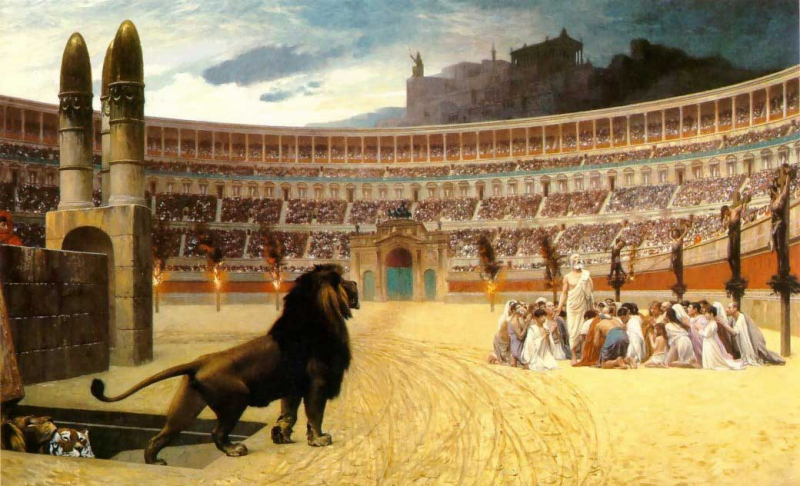
Source: livescience.com 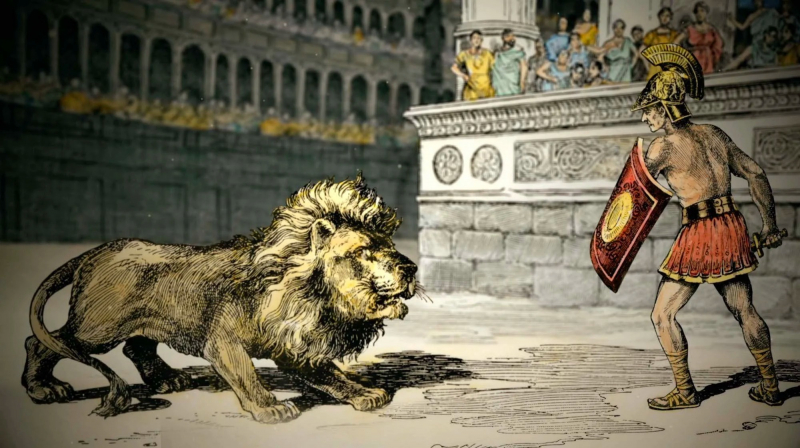
Source: warriorsandlegends.com -
Gladiators are ranked according to fighting skills, to add excitement to gladiator matches, a ranking system has been introduced in which gladiators are classified into different ranks. The most common types are "retiarius", "secutor", and "killmillo". Although the retirees were brave warriors, they were still vulnerable because they were armed only with nets and tridents. In the arena, the "retiarius" will mainly fight with guardians equipped with helmets, shields, and swords. The killers are more aggressive than the separatists and they are heavily armed. On the other hand, the provocateur wears full metal body armor and fights with swords. Another class of gladiators is the "hoplgastus" and they fight with small daggers and shields.
By the time the Colosseum opened in AD 80, gladiator games had evolved from free-to-death battles into a well-organized blood sport. Gladiators are ranked according to fighting skills, their skill level, and experience, and most specialize in a particular fighting style and weapon set. The most common are “thraeces” and “killmillones”, “essedarii”, who fight from chariots; and "dimachaerus", who may have wielded two swords at the same time. Of all the common types of gladiators, perhaps the most unusual is the "retiarius", who is armed only with a net and a trident. Other gladiator classes include "essedarius", who rode and fought in chariots, "dimacherius", who was armed with only two daggers, and "laquerius", who resembled "retiarius" and wielded "lasso" instead of mesh. Finally, the most extraordinary type is the "andabatus" that fights on horseback and wears a helmet to cover his face. This is one of the interesting facts about gladiators in the Roman Empire.
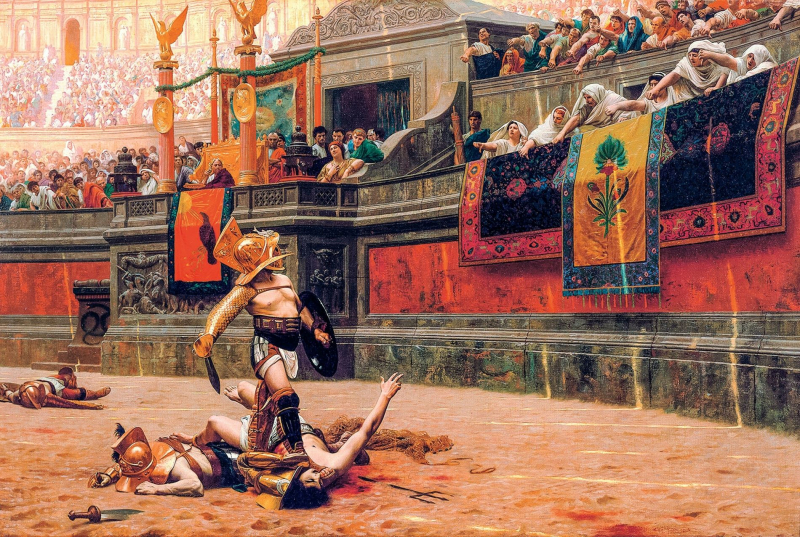
Source: nationalgeographic.co.uk 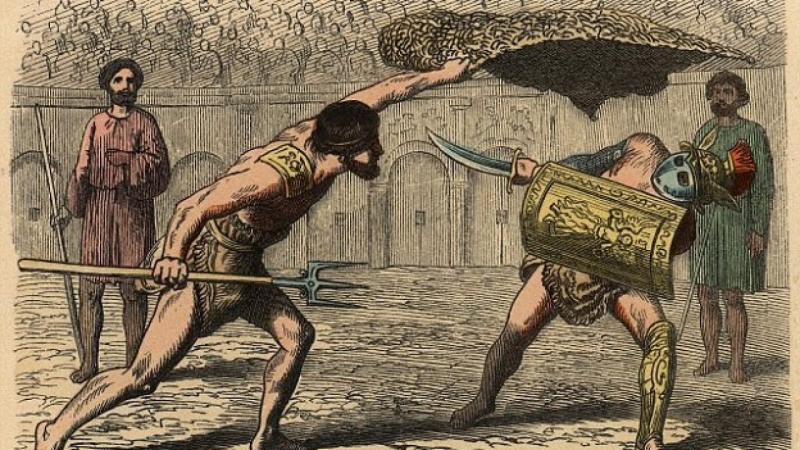
Source: historyconflicts.com -
While Roman enthusiasm remained high for gladiatorial battles, audiences were always looking for new and exciting developments to keep the suspense. One solution to this problem is a class of female gladiators called "Amazones". Seeing women fight as their male teammates is something new and exciting for audiences and keep the popularity of these fights alive. The "Amazones" were recorded in the writings of several Roman historians such as Tacitus, Martial, and Suetonius. This interesting fact about gladiators in the Roman Empire, "Amazones" has also been depicted in Roman art, showing fighting in loincloths and no helmets.
Historians are uncertain when women were first fit to fight as gladiators, but by the 1st century AD, they had become a popular fixture in games. Female gladiators may not be held in high esteem in patriarchal Roman culture, but a few seem to have proved themselves in single combat. A marble relief dating to around the 2nd century AD depicts a duel between two women dubbed "Amazon" and "Achillia", who the inscription says won the fight for an honorable draw. Women also participated in animal hunting, but their time in the arena may have ended around AD 200 when Emperor Septimius Severus forbade them from participating in the games.
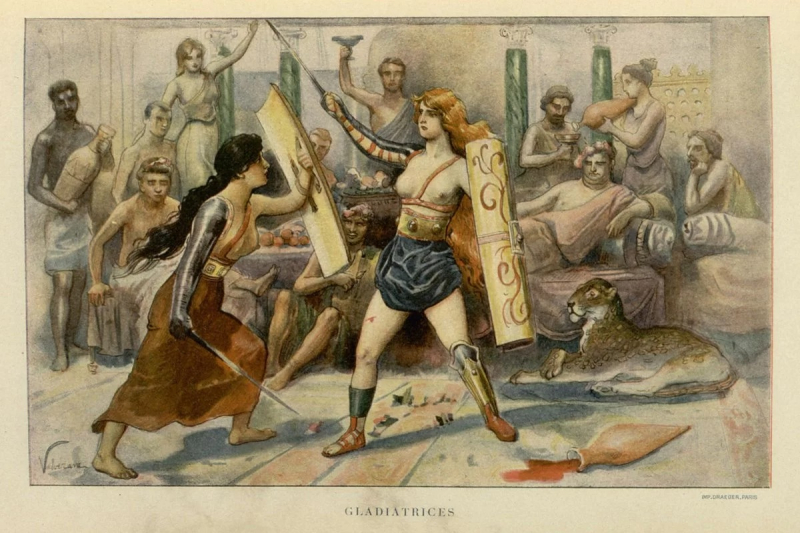
Source: arkeonews.net 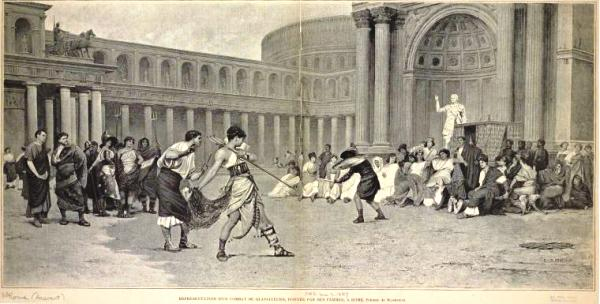
Source: womeninantiquity.wordpress.com -
Gladiators were often the slaves of the event organizers, who bought them from the flourishing slave markets. Since they were purchased for the sole purpose of fighting, there is no guarantee they will be properly buried. The solution is called gladiators trade unions. Each school has its own leaders as well as the gods they worship. Each gladiator will pay a membership payment to ensure that a fallen gladiator gets a proper burial. The union also ensured that the gladiator's family would receive some compensation for their loss. However, if a gladiator could not afford to be a member of the syndicate, his body would be fed to the animals or thrown into the river.
Although they were frequently forced to strike in mortal combat, the gladiators saw themselves as a kind of brotherhood and organized into unions, or gladiators' trade unions, with leaders and guardians, this is on the list of interesting facts about gladiators in the Roman Empire. When a warrior falls in battle, these groups will ensure that their comrades receive a proper funeral and tombstone honoring his achievements in the arena. If the deceased had a wife and children, they would also find that the family was compensated with money for their loss.
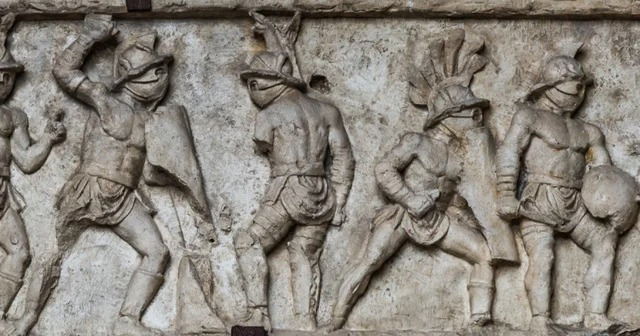
Source: medium.com 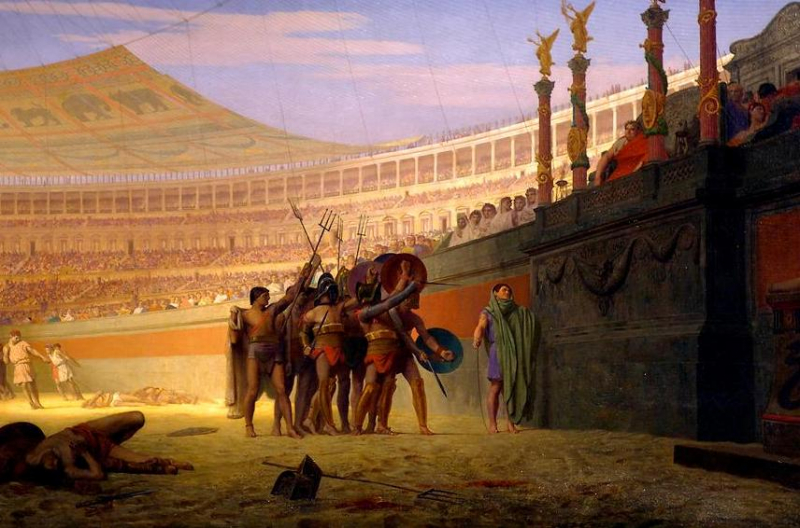
Source: througheternity.com -
Holding gladiator games was an easy way for Roman Emperors to win the love of their people, but some took it a step further and actually joined the fray, Roman Emperors would mimic gladiators. Some rulers have performed in the arena including Caligula, Titus, and Hadrian - though most likely in highly controlled conditions or with dull blades. Dazzled with a spear, the deranged Emperor Commodus often tried to wow crowds by killing bears and leopards from the safety of a raised platform. He also competes in a few gladiator fights, though usually against inexperienced boxers or even intimidating and poorly armed members of the audience. When he was sure of winning the competitions, Commodus was sure to reward himself with a whopping one million Roman sesterces.
There were a number of Roman Emperors such as Commodus, Hadrian, Caligula, and Titus, who were so fascinated by gladiators that they would imitate them in the arena itself, known as Roman Emperors would mimic gladiators. Emperor Commodus entered the arena and fought another gladiator. This is because he considers himself a god and wants people to love him and compare him to Hercules. He even has statues of himself that look like Hercules placed all over the city, which proves this myth and makes him so memorable. He will enter the battle arena dressed in Hercules and will kill slaves and animals to entertain himself as well as the audience. So this has become one of the interesting facts about gladiators in the Roman Empire.
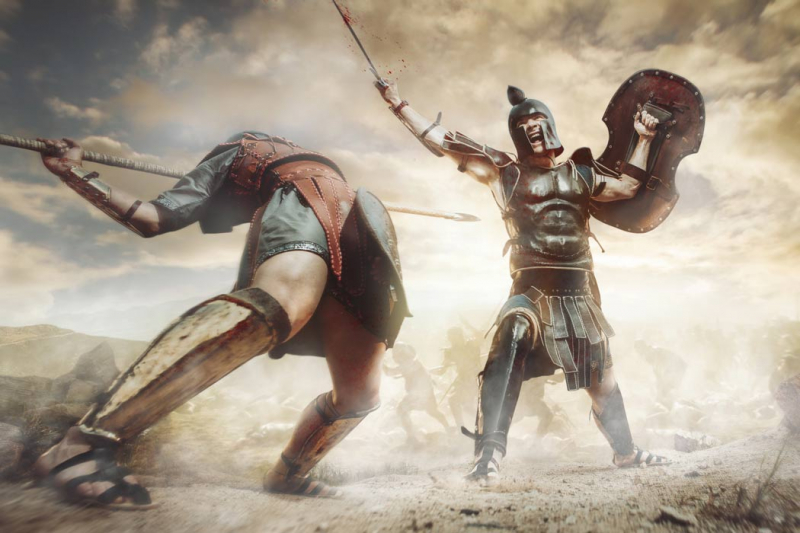
Source: ancient-origins.net 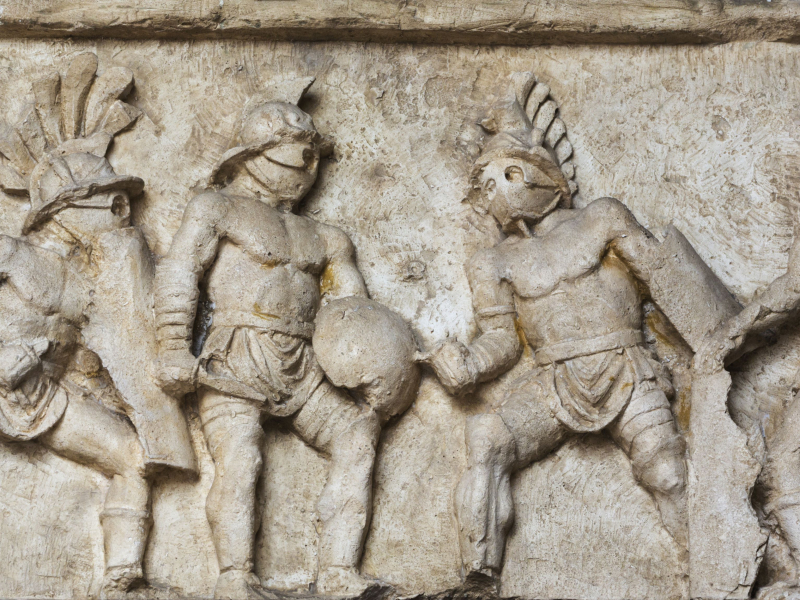
Source: thoughtco.com -
It is believed that Munera events are a precursor to gladiator events, gladiatorial events replaced Munera events. The events of Munera began in 264 BC when two sons of a nobleman named Brutus staged a war in the marketplace in memory of their father's death. Similar events followed, with slaves acting as combatants. One such battle took place in 174 BC, in which 74 fighters broke records in a three-day period. The Munera Glass evolved into events known as "venatio", where wild and exotic animals were fought by a different type of gladiator known as "venatores". Each "venatore" will be equipped with a weapon specifically designed for hunting. Venatio battles are separate from gladiator events and involve the hunting and killing of exotic animals such as tigers, lions, and rare birds for the entertainment of the masses.
As the Roman Empire grew, enthusiasm for such events grew, and gladiatorial events replaced Munera events. The elite would hold such events on a smaller scale at parties, and they became as popular as funerals. Not all citizens enjoyed the bloodthirsty nature of these events. During an incident that occurred during Tiberius' reign, some townspeople stopped a funeral in protest, and Tiberius was forced to call in the army to quell the unrest. This becomes an interesting fact about gladiators in the Roman Empire.
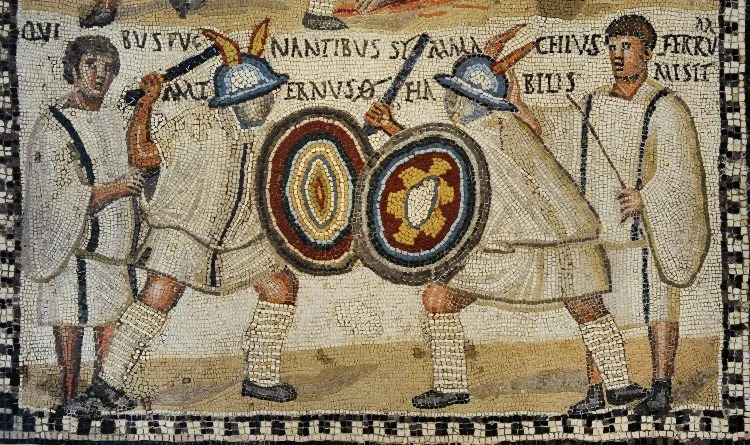
Source: oxfordre.com 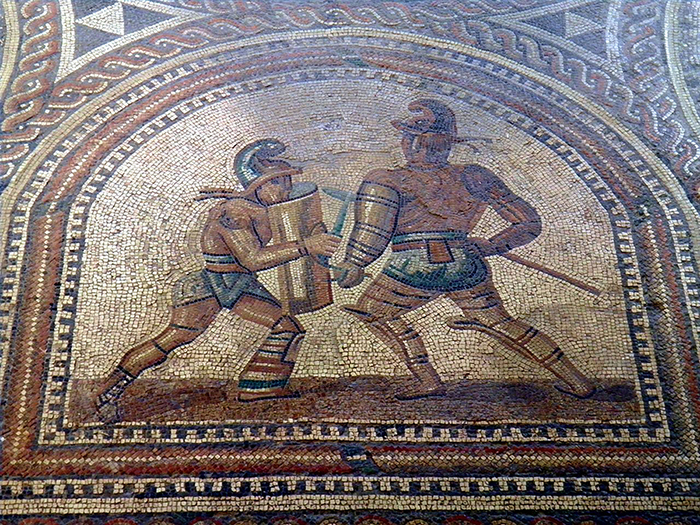
Source: worldhistory.org -
In the midst of intense battles in which slaves fought each other with little or no weapons, a new class of warriors soon began to emerge. These warriors are called Hoplomachi, and they have distinct and professional fighting skills. They will wear steel armor and be fiercely famous for their bloodthirsty fighting style. In fact, Hoplomachi is the gladiator we see most often in historical films and movies.
Hoplomachi are highly skilled warriors with weapons including a small sword called "happyius", which is an interesting addition to the list of interesting facts about gladiators in the Roman Empire. Their sole purpose is to entertain the crowd, and their battles will range from solo duels to staged mind games. The staged duels are a welcome change to the more conventional bloody battles. Although they also shed blood, coughers can prolong the battle by attacking their opponent more slowly, and the battle will end when the opponent's blood is spilled into the sand.
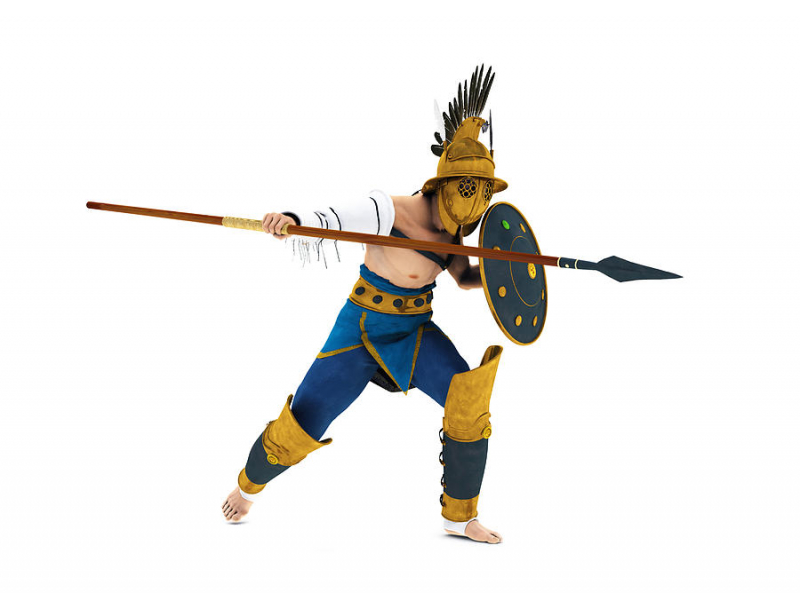
Source: warriorsandlegends.com 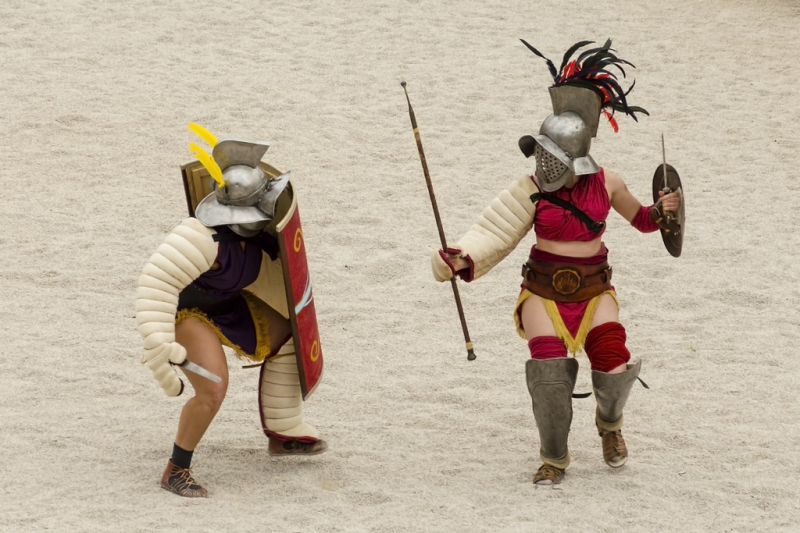
Source: historyhit.com -
Gladiators often become celebrities and sex symbols, this is one of the interesting facts about gladiators in the Roman Empire. Although often considered rude and uncivilized by Roman historians, gladiators earned a great reputation among the lower classes. Their portraits were painted on the walls of many public places; children play with clay gladiator action figures, and the most successful boxers even endorse the same product as today's top athletes. They were also famous for their ability to make Roman women swoon. Many women wore hairpins and other trinkets dipped in gladiator blood, and some even mixed gladiator sweat — then considered an aphrodisiac — into facial creams and cosmetics.
An entire industry has been built around the sexual attraction of gladiators, becoming sex symbols. Thracians - gladiators armed with only a short sword and a small shield - are considered particularly evil, mainly because they barely wear anything in the arena. Bold businessmen would bottle gladiator sweat and sell it in small bottles, marketing it as a powerful aphrodisiac. It is also said that noble women would ask them to dip hairpins or other jewelry in the blood of a favorite gladiator. Again, this is considered a good aphrodisiac or fertility aid.
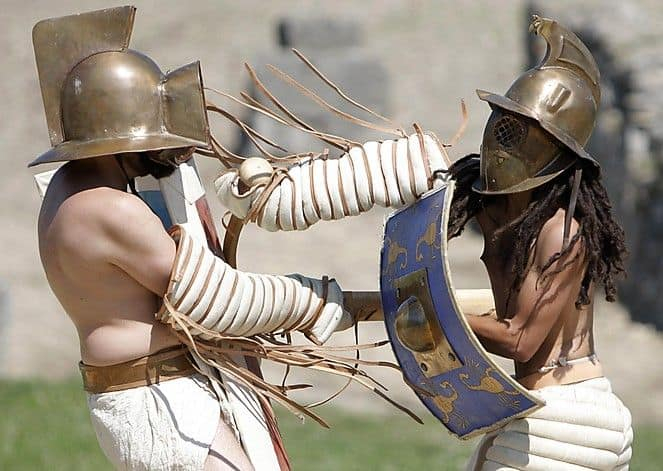
Source: classicalwisdom.com 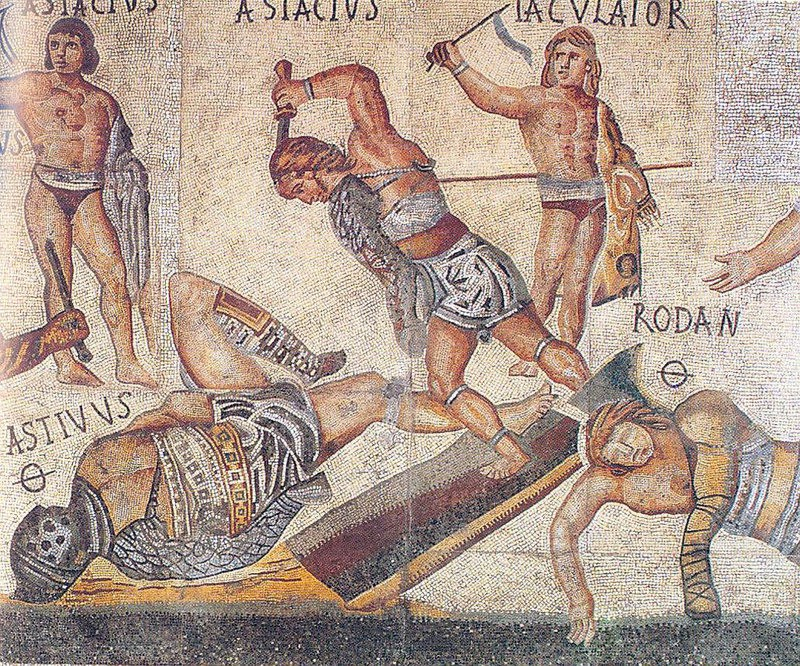
Source: talesoftimesforgotten.com -
The gladiators who became famous after the victory were carefully looked after by the professional staff of the gladiator school or gladiator school. The school is surrounded by high walls, and sharp weapons are prohibited within the school itself. Doctors were present in time to treat injuries on the training ground. The training schools also have nutritionists, following the gladiators' diet, who will create a balanced diet for the fighters to train. For example, foods like barley are included in their diet because it helps to reduce the accumulation of fat in the arteries.
Regarding the gladiators' diet, gladiators are mostly vegetarian - but perhaps because this is the cheapest way to feed them, this becomes one of the interesting facts about gladiators in the Roman Empire. They may have the muscle mass and strength of two men, but the typical gladiator is probably around 80% vegetarian. Far from eating protein-rich red meat every day, evidence suggests that gladiators ate a plant-rich diet. Indeed, Pliny the Elder notes that gladiators are often referred to as "hordearii", literally those who eat barley. Of course, focusing on a plant-based diet was not an option for them. Most likely, the owners of gladiators feeding their battle slaves with plants and beans rather than meat would be cheaper.
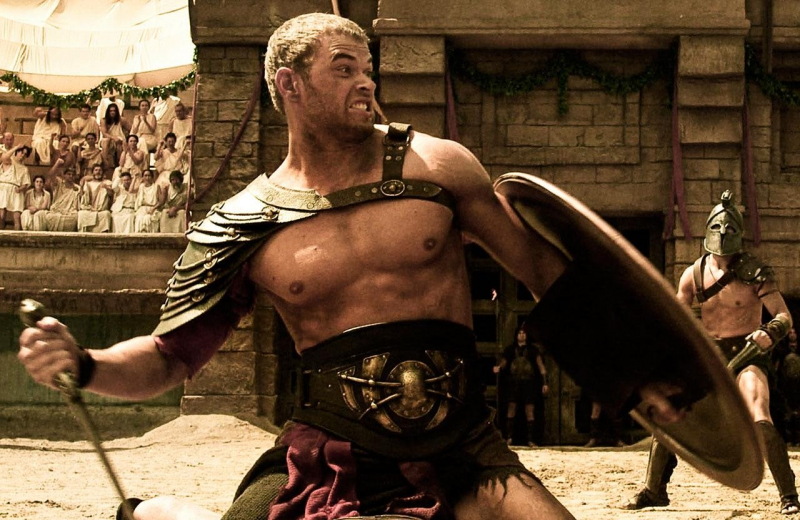
Source: historyextra.com 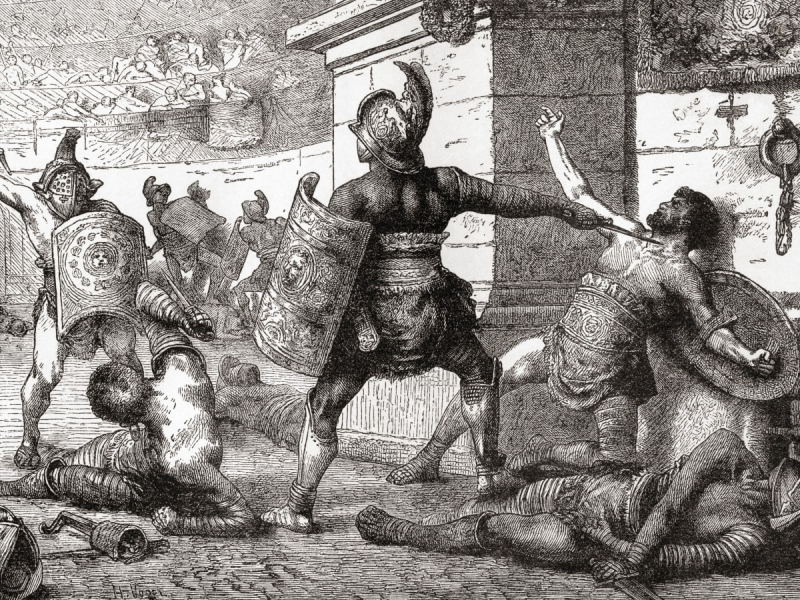
Source: visit-colosseum-rome.com












